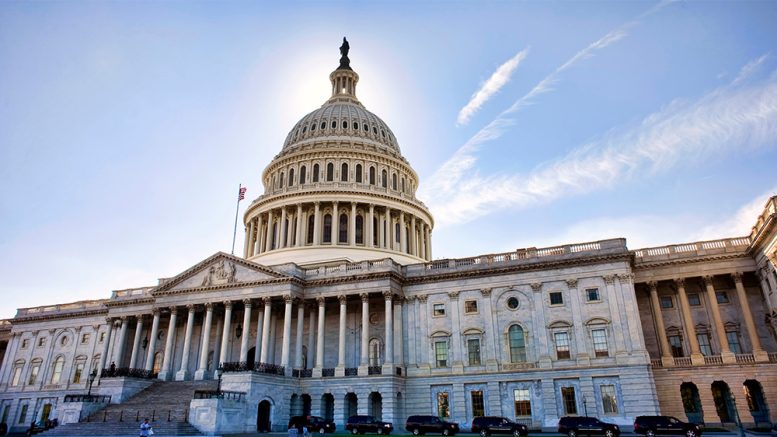Amid skyrocketing student debt across America, U.S. Senators Todd Young (R-Ind.) and Jeanne Shaheen (D-N.H.) reintroduced the Student Protection and Success Act, bipartisan legislation to address the mounting student debt crisis by increasing higher education institutions’ accountability for their students’ ability to repay their loans and requiring institutions to have a vested interest in the success of their students.

Young
“Our Student Protection and Success Act will help ensure colleges and universities are preparing hard-working students for meaningful careers that will better enable graduates to repay their student loans,” Sen. Young said
The Student Protection and Success Act would enact a series of measures to hold higher education institutions accountable by requiring them to share responsibility for student success. The bipartisan bill would remove federal student loan eligibility from all colleges and universities where less than 15 percent of their students are able to begin repaying their loans within three years of graduating or leaving school.
The bill would also require schools to pay a “risk-sharing fee” based on the total loan volume their students are not able to repay, and the Department of Education would then allocate those funds to support schools that are better assisting low-income students.
According to the U.S. Federal Reserve, student loan debt has more than doubled in the past two decades, yet there has been little recent bipartisan collaboration about how to address affordability for the long term. The Student Protection and Success Act would better protect both borrowers and taxpayers by incentivizing colleges and universities to help ensure students are actually able to repay the loans they take out to attend.
The Student Protection and Success Act would:
- Reform the eligibility standard for federal student aid. Currently, institutions’ access to Title IV federal student aid is based on a school’s cohort default rate, which is the percentage of students who default on their federal loans over a given timeframe after going into repayment. While this metric is designed to remove low-performing and predatory schools from the system, it does not consider a complete picture of students’ ability to repay their loans. This bill would include a cohort repayment rate metric in this eligibility standard, such that schools with less than 15 percent of students repaying their loans would be deemed ineligible for receiving Title IV student aid.
- Require higher education institutions to pay a risk-sharing fee to the Department of Education based on a percentage of their students’ unrepaid loan balance. This provision requires schools to have “skin-in-the-game” and share responsibility in the success of their students. Under this section, institutions pay a fee equal to a percentage of the loan balance that is not being repaid to the U.S. Department of Education. This fee will be pegged to the unemployment rate, ensuring that schools pay smaller fees during economic downturns.
- Pay those funds directly back out to institutions serving low-income students well. This bonus payment is designed to reward institutions that serve a significant number of low-income students. The payments will be entirely funded through revenue gained from the risk-sharing provision and allocated based on the number and percentage of Pell grant recipients enrolled in an institution, their repayment rates and the school’s spending on student services.
Click here to read the full text of the bill.

